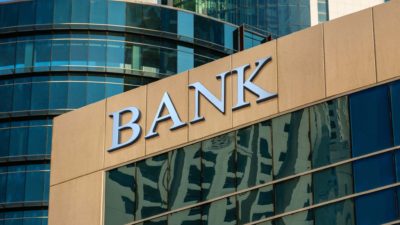58.4%. That's how much the Westpac Banking Corp (ASX: WBC) share price has appreciated since late March of 2020 and today. For investors who have held Westpac shares since early 2020, this ASX 200 bank has been a reasonably well-performing investment. Heck, Westpac shares are even up close to 9% in 2022 so far, handily outperforming the S&P/ASX 200 Index (ASX: XJO).
So it might come as a surprise for many investors to hear that Westpac has been an exceptionally unimpressive investment over the past 10 years. As you can see on the chart below:

Yes, roughly a decade ago, the Westpac share price was sitting at $20.52. Today, it's at $23.56 at the time of writing, down 1.22% for the day so far. That's a 10-year gain of 14.8%. Not exactly 'set-the-world-on-fire' stuff. In contrast, the ASX 200 is up approximately 66.1% over the same period. So Westpac has been a clear market laggard over the past decade.
But, as most investors would know, Westpac shares are often held purely for the dividends they generate. So let's see if the dividends of the past decade have made an investment in Westpac worth it.
Can Westpac's dividends make up for its poor share price performance?
So since February 2012, Westpac has paid out a total of $16.16 in dividends per share.
Let's now assume that an investor bought $10,000 worth of Westpac shares back in February 2012. At the price named above, that would have resulted in the owner receiving 487 shares, with some change left over.
Today, those 487 shares would be worth roughly $11,473.70. But this shareholder would have also enjoyed an approximate $7,870 in dividend income over that time as well. That would have boosted the shareholder's total return to around $19,343.70. That equates to a 10-year return of 93.44%, or an annual average of 6.82%.
So yes, Westpac's dividends have had a meaningful impact on its shareholders' total returns over the past 10 years. Throw in franking credits and the returns would be even higher. So the vast majority of Westpac's total returns have come from dividends, perhaps as you would expect from an ASX 200 banking share.
That's still not quite in the same league as the returns an ASX 200 index fund would have given an investor. For example, the iShares Core S&P/ASX 200 ETF (ASX: IOZ) has returned 142.5% in total, or an average of 9.26% per annum over the past decade (as of 31 January) when you account for dividend distributions.
But even so, it certainly puts Westpac's laggardly share price performance over this period in a far rosier light.
At the current Westpac share price, this ASX 200 bank has a market capitalisation of $85 billion, with a trailing dividend yield of 5.1%.








